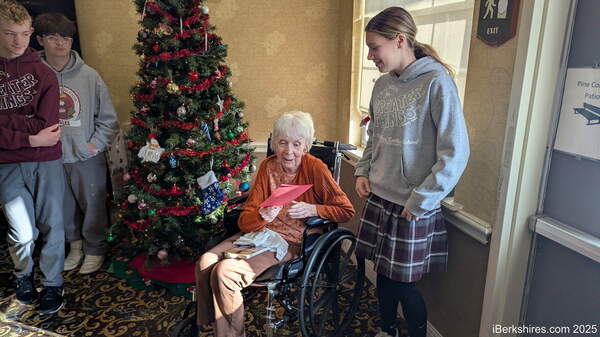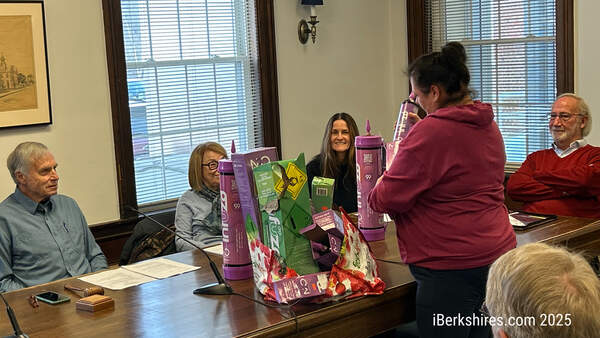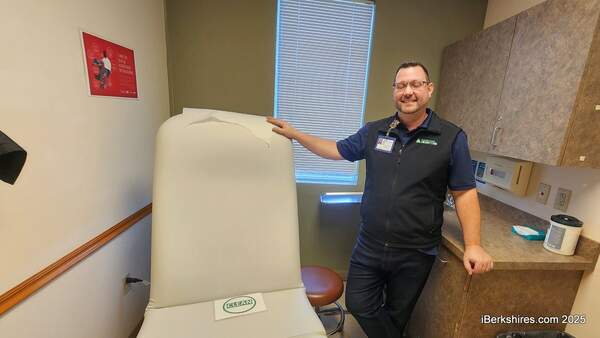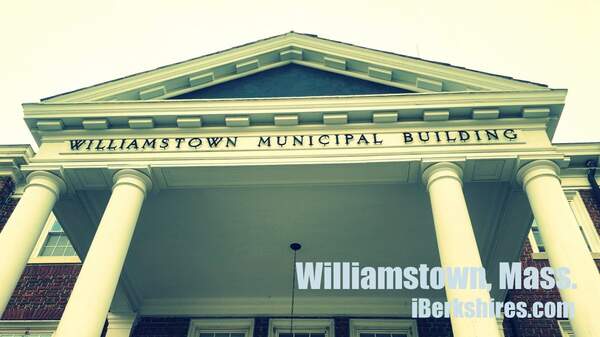Williams Appoints New Art Museum Director
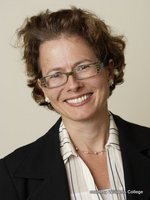 |
Olsen has been director of education and public programs at the Portland Art Museum in Oregon since 2008 and previously worked at the Getty Foundation and Getty Museum.
Olsen, who will begin her appointment on May 1, comes to WCMA with experience in public programming, community outreach, and the incorporation of new technologies into the museum experience. Trained as a Renaissance scholar, Olsen has a record of creating innovative curatorial and educational projects by working to deepen existing audience participation and broaden the scope of her audiences.
"I'm excited to work with the Williams College Museum of Art's impressive staff to build on the museum's prestigious legacy and outstanding collection, and to expand its role as a vital center and resource for the college's faculty, staff, and students, and for the community," said Olsen.
Olsen was selected after a six-month national search by a search committee composed of Williams faculty, students, alumni and staff. The search committee was aided by the firm Heidrick & Struggles, with the assistance of its principal Naree Viner.
Williams President Adam Falk, in expressing his enthusiasm about the appointment, cited Olsen's 11 years at the Getty Foundation and Museum.
"The Getty ... is a place where the future of museums is being worked out, and Tina participated deeply in that process. The college will benefit from her energy, openness, and passion both for art objects and for how people interact with them," Falk said.
WCMA is a teaching museum founded in 1929. Its principle mission is to encourage multidisciplinary teaching through encounters with art objects that traverse time periods and cultures.
"Tina Olsen was a star at the Getty. She led an initiative that brought together a group of museums to create models for online collection catalogues. She is a leader in thinking about how museums can best reach their audiences, both professional and public, in the 21st century," Deborah Marrow, director of the Getty Foundation, said.
Olsen's key accomplishments at the Portland Art Museum include curating "Object Stories," an installation, public participation and outreach initiative that significantly reframed the public's experience and understanding of the museum; and "Shine a Light," a museumwide program developed in collaboration with Portland State University's Social Practice Master of Fine Arts Program that includes an annual event and year-round artist residency at the museum.
"College art museums have such a unique opportunity to explore new artistic, learning, and teaching practices, and to foster dialogue and exchange between disciplines, communities, and points of view," Olsen said.
Katy Kline, who has been serving as WCMA's interim director since Lisa Corrin stepped down at the end of June 2011, will continue her stewardship of the museum until Olsen's arrival in May.
As a program officer at the Getty Foundation for three years, Olsen oversaw the foundation's worldwide grants to museums and archives for scholarly catalogs and publications, archives, and interpretation, and launched an international initiative centered on developing prototypes for online scholarly catalogs for museums (the Online Scholarly Cataloguing Initiative). Prior to that, she worked at the Getty Museum and the San Francisco Museum of Modern Art.
Olsen completed her undergraduate degree at the University of Chicago. She earned a master's and doctorate degrees in art history from the University of Pennsylvania, specializing in the creation and reception of new leisure and visual forms and practices in 15th-century northern Italian courts. Her doctoral dissertation was titled "Carte da Trionfi: The Development of Tarot in Fifteenth-Century Italy."
She has lectured and published on a wide range of topics, including secular painting in Quattrocento Florence, the rise of the tarot card deck, museum interpretation, and new social and pedagogical practices in museums.
Olsen has served on advisory panels for the Kress Foundation, the Getty Foundation, the Right Brain Initiative, and the Creative Advocacy Network, and as a review panelist for the National Endowment for the Humanities, the Institute for Museum and Library Services, and the Association of Art Museums. In 2011, she completed the Museum Leadership Institute program at the Getty Leadership Institute.
Tags: WCMA,

